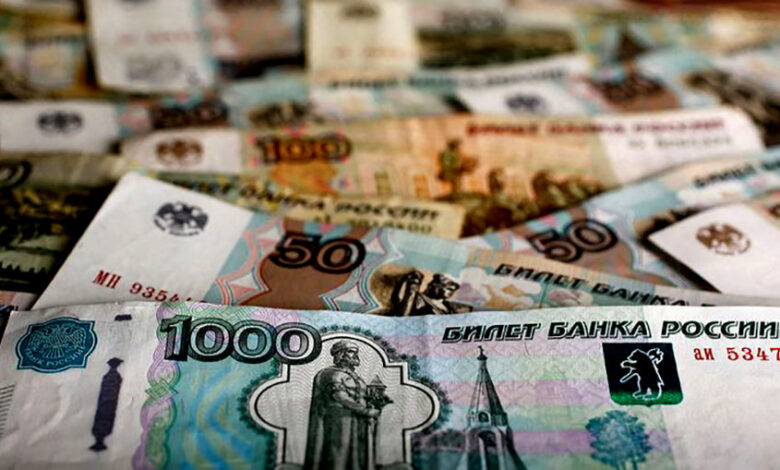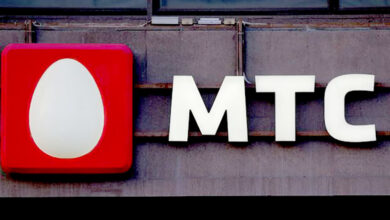The Russian rouble goes up against the dollar to where it was in March 2018.

(Reuters) – On Friday, the Russian rouble rose more than 7% against the dollar, reaching levels not seen since March 2018. This was due to capital controls and tax payments in Russia, which usually lead to more people wanting to buy the currency.
Despite Russia’s full-fledged economic crisis, the rouble has strengthened by nearly 30 percent this year, making it the best-performing currency.This is because controls were put in place in late February to protect Russia’s financial sector after it sent tens of thousands of troops into Ukraine.
At 08:07 GMT, the rouble was trading at 58.90 against the dollar on the Moscow Exchange. It had hit 57.0750, which was the last time it was at that level, in late March 2018.
The rouble gained more than 5% against the euro, going from 59.02, which was its highest level since June 2015, to 60.86.
Companies that focus on exports and are forced to convert their foreign currency earnings because of Western sanctions that froze almost half of Russia’s gold and foreign exchange reserves drive the rouble.
A trader at an investment company in Moscow said, “Exporters are forced to sell (foreign currency), and there is no one to buy it.”
Preparing for taxes at the end of the month also drives up demand for roubles. On the other hand, demand for dollars and euros stays low because import chains are broken and people can’t get foreign currency out of their bank accounts or move it out of Russia.
“The main question is whether the central bank will step in, since the excessive strengthening of the rouble is not in the plans of the finance ministry or the budget,“ an analyst at CentroCreditBank named Evgeny Suvorov said.
The head of the central bank’s monetary policy department, Kirill Tremasov, said on Friday that the rouble was still a free-floating currency. This was reported by the RIA news agency.
The central bank didn’t say anything about the rate of the rouble.
INFLATION BRAKE
The rouble was much weaker outside of the Moscow Exchange. The biggest bank in Russia, Sberbank, was selling dollars for 67.17 roubles and euros for 69.84 roubles.
The stronger rouble slows down inflation and helps importers, but it hurts exporters who sell goods and services abroad for foreign currency. This means that Russia’s budget, which depends on exports, will get less money.
Analysts say that the Russian government doesn’t want the rouble to get much stronger than it is now, and they expect the currency to get weaker by the end of the year.
The central bank said on May 20 that banks could sell foreign currency to citizens without any restrictions, except for U.S. dollars and euros. This shows that the government is getting ready to slowly lift capital controls.
On Friday, Russian stock indexes were all over the place.
The RTS index, which is measured in dollars, went up by 4.8% to 1,305.9 points. The rising value of the rouble made the MOEX Russian index, which is based on the rouble, go down by 1.3% to 2,405.7 points.





